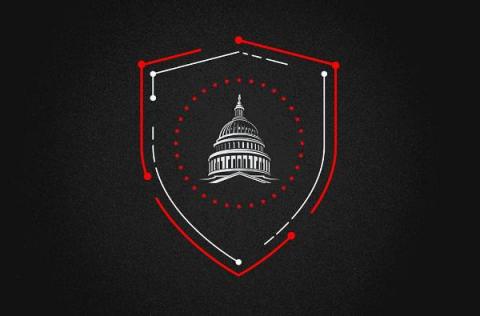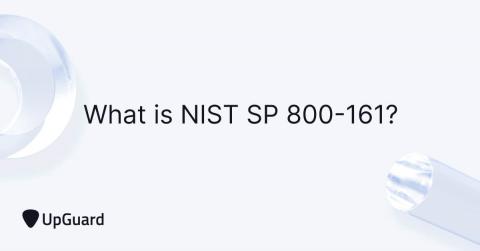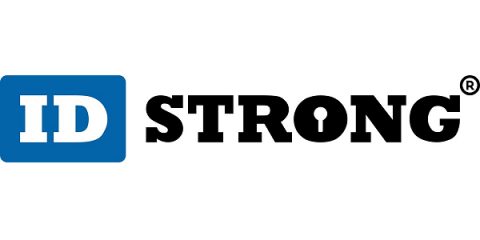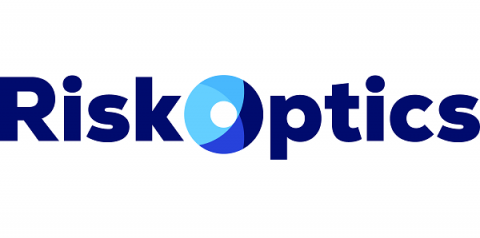CrowdStrike Congressional Testimony: 5 Recommendations to Secure the Public Sector
“We are at a point where the stakes of defensive stagnation pose increasing risks in the face of threat actors’ innovation. This is why it’s so important to continually evolve in how we prevent, detect, and respond to cyberattacks.” This excerpt from my recent testimony to Congress underscores the greatest challenge facing public sector organizations today.










